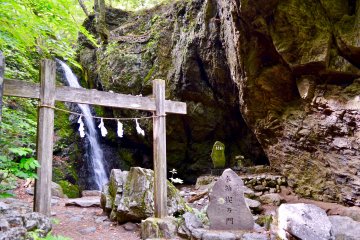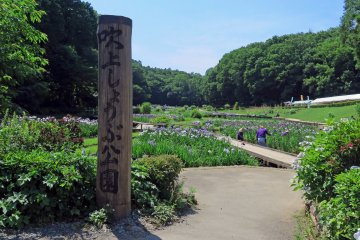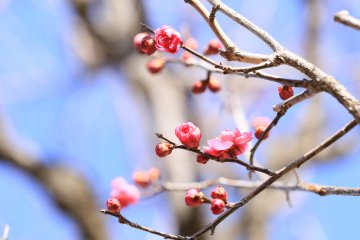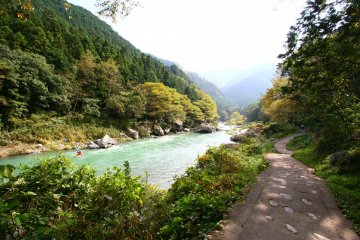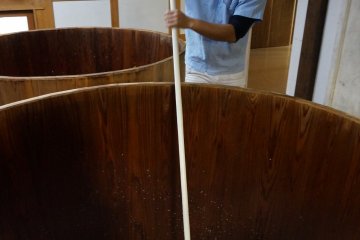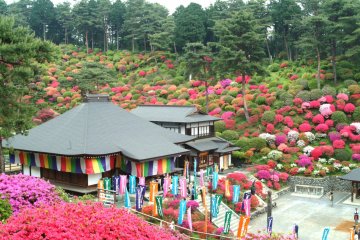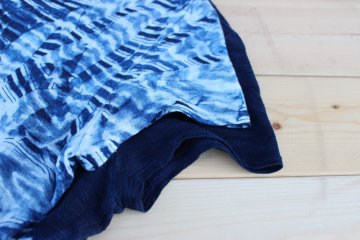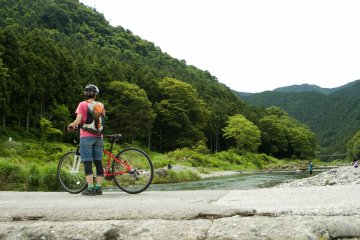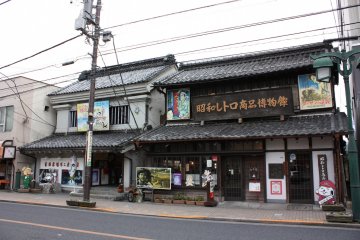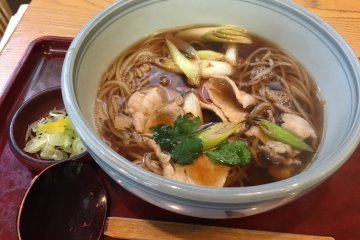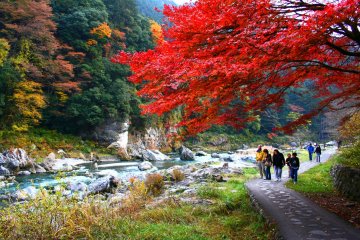Stepping off the Chūō Line in Ome, it is well worth reminding yourself that you are still technically in Tokyo. You have boarded no Shinkansen, and yet in just a shade over an hour you are in a world alien to the metropolis, where you can interact with verdant nature (instead of just looking at it) and experience for yourself a rich traditional culture.
The Ome area is easily accessible on foot with a mix of trains, buses, cable cars, and even rafts and kayaks for the adventurous. But before you rush too far from Ome station, take the time to look around the main town. There your time-slip into the heart of the Tokyo of old begins with a well-preserved Showa era (1926–1989) merchants street, that takes you right back to the beginning of the era. The retro graphics, signage and wooden buildings may not be personally nostalgic, but it is a missing piece of the Tokyo puzzle lost in the constant renovation and reconstruction that typifies the center of the city, and it has a genuine warmth that can really help to connect the dots between pre-modern Japan and the country we know today. For those wanting to see more, the Showa Retro Product Museum comes truly recommended for a step back into a way of Japanese life taking in everything from film and manga culture, to the sweets and day-to-day products of the era in painstakingly recreated displays.
From there a trip further afield should include getting in touch with the creative culture that was so important to the development of the area in Edo era Japan (1603–1868). At its peak, Ome was home to almost 800 weavers specializing in textile production, in particular employing indigo dyeing that is now respected the world over. Indeed, in bustling Edo the so-called “Ome stripe” textile was very much in vogue and created a fashion boom in kimono design. Now this legacy lives on in aizome indigo dyeing, which you can experience for yourself at Kosoen within an easy walk from the station. There you can try out hand tie-dyeing methods largely unchanged over the centuries using the rich aromatic indigo dye. Participants can try their hand at dyeing traditional items, but for those wanting to mix in their own contemporary fashion, a scarf, t-shirt or pretty much any item in cotton or silk is also possible.
Beyond the distinctive Ome blue dye, let’s take a moment to enjoy the nature of Ome city. The word “Ome" is written with the kanji character which represents “plum”, therefore the city is known as the city of plums. Unfortunately, in 2009 all the plum trees that used to bloom annually in March were found to be damaged by a plum disease discovered for the first time in Japan. All of these were removed to be replaced with new healthy plum trees starting last autumn. On the bright side, the city also offers other seasonal fun, including beautiful azaleas at Shiofunekannon-ji Temple during April to May and the fall foliage around Mount Mitake in November is well worth visiting too.
For those who want to get closer to the nature, Ome boasts a fishing center in Okutama where you can barbecue your catch, kayaking, canyoning and rafting through a number of services that will all see you enjoy the pristine water that flows down Mount Mitake gorge before joining Tama river. Elsewhere there are innumerable hiking and cycling routes to explore that will take you so far off the beaten path and yet can all be accomplished in a day trip. Needless to say, taking your time is to be advised, especially when there are so many traditional inns to enjoy which will give you the opportunity to savor the local sake courtesy of the prestigious Ozawa brewery.
Those wanting to build culture into their trip are truly spoiled for choice, with visits to the aforementioned brewery on offer, as well as the Ome Kimono Museum, and even a fabulous museum dedicated to combs and Japanese hair pins, the Kushi-Kanzashi Art Gallery, which once again unlocks a side of Japanese beauty that is hard to find in central Tokyo. Fueling your travels will be Ome’s famous pork cuisine, including favorites such as niku-nanban where soba noodles soak up the pork broth rich in vitamins, and if you are in need of a snack make sure to pack a couple of Ome senbei crackers in your bag which take their shape from the ume plum blossoms that dot the area.
As you can see that while Ome is perfect for a trip from Tokyo, there really is too much to see and do in one day, guaranteeing that your first trip won’t be your last.








